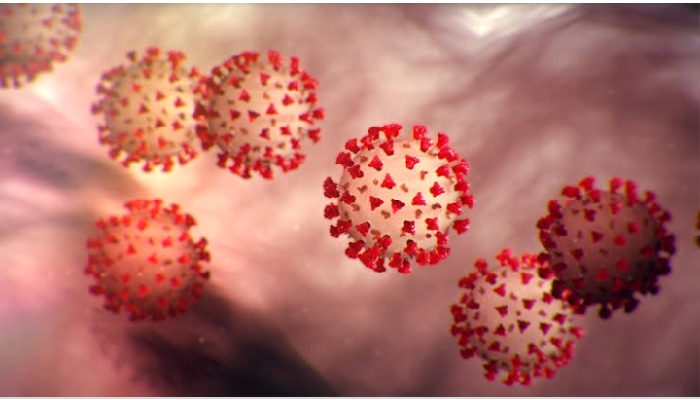New Delhi, Sep 15: Virender Sehwag today said he missed out on becoming the Indian cricket team's chief coach for the lack of patronage from the powers that be in the BCCI and will not apply for the position again.
Sehwag lost out to Ravi Shastri, who was touted as the choice of skipper Virat Kohli -- an appointment that was not unanimous with former India captain Sourav Ganguly, a member of the Cricket Advisory Committee (CAC), strongly against the decision.
"Dekhiye main coach isliyenahi ban paayakyonki jo bhi coach chunrahe the unsemera koi setting nahintha. (Look I couldn't become the (India) coach because I didn't have any setting (common slang for hobnobbing with decision-makers) with those who were in power of appointing the coach)," Sehwag told hindi news channel 'India TV' during a chat show.
The swashbuckling former opener was in his elements and claimed that he was misled by a section of the BCCI into applying for the post.
"I never thought of coaching the Indian cricket team. I was given an offer to coach the team. The BCCI (acting) secretary Amitabh Chaudhary and GM (Game Development) MV Sridhar came to me and requested me to think about the offer. I took my time and then applied for the position," Sehwag revealed.
In fact, he claimed that he had even consulted India captain Virat Kohli before applying.
"I also had a word with Virat Kohli, he asked me to go for it. It was only then that I applied. If you ask for my opinion, I would say that I was never interested.
"I thought since they are requesting me, I should help them. I never thought of applying on my own nor will I ever apply in future," Sehwag replied when asked about the backdrop of his application.
Sehwag also said that Shastri had initially told him that he will not apply for the post and had he known his intentions earlier, he would not have given his name.
"When I was in England during the Champions Trophy, I had asked Ravi Shastri that why he hasn't applied for the post? Shastri then told me that he will not repeat the mistake which he had already made once.
"If Ravi had applied earlier, then I don't think there would have been any chance of me applying for the post. I would have never applied," Sehwag said during the no-holds- barred interaction.






Comments
Add new comment